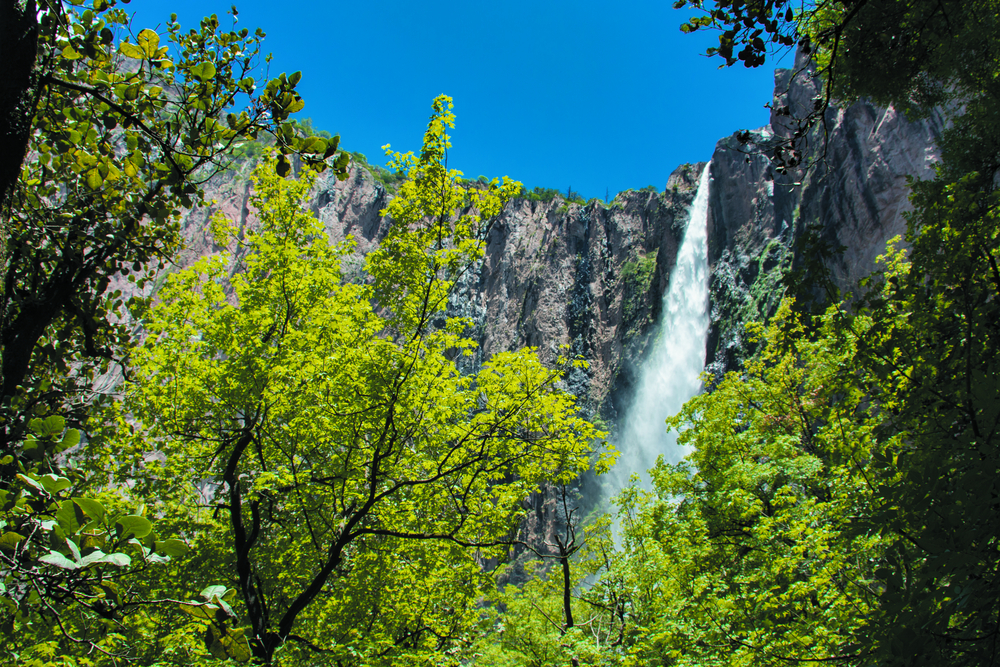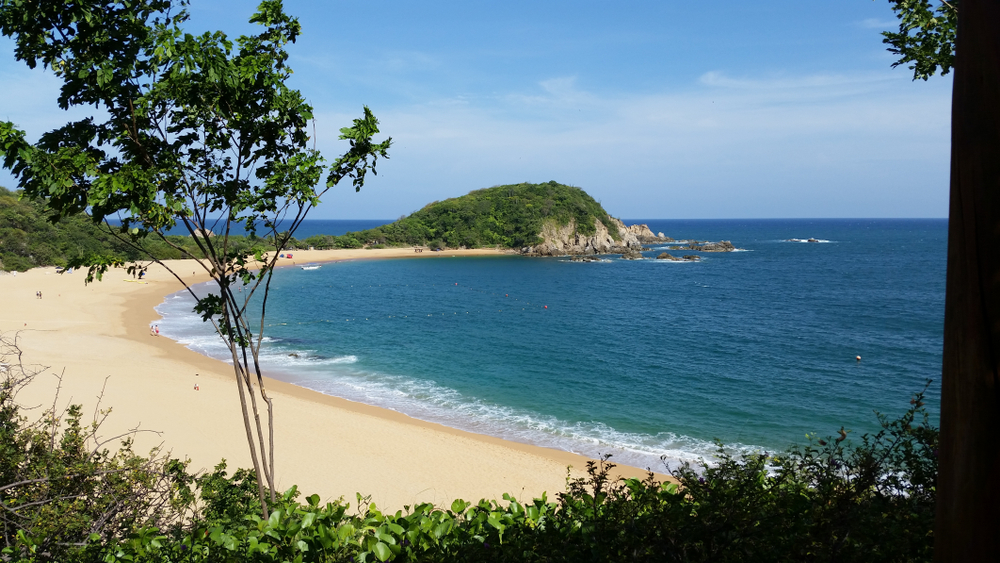Huatulco Overview
Huatulco National Park, known locally as Parque Nacional Huatulco, is a stunning protected area on the southern coast of Oaxaca, Mexico.
Covering approximately 46.8 square miles (121.3 square kilometers), the park is part of the larger Bahías de Huatulco region, a coastal paradise that blends tropical forest, rugged mountains, and pristine beaches along the Pacific Ocean.
The park is characterized by rolling hills, coastal cliffs, and secluded coves, with lush greenery that includes tropical dry forests, mangroves, and coral reefs. Notable features of the park include the numerous bays, such as Bahía de Cacaluta and Bahía de San Agustín, as well as dramatic rock formations that provide breathtaking ocean views. The nearby Sierra Madre del Sur mountains add to the park’s diverse landscapes, creating a dramatic contrast between the land and sea.
The park is home to a rich variety of wildlife, offering visitors a chance to observe an array of species in their natural habitats. Among the most notable mammals in the park are ocelots, jaguarundis, and white-tailed deer, as well as raccoons and armadillos. The coastline and mangrove ecosystems attract an impressive selection of bird species, including the orange-fronted parakeet, white-throated magpie-jay, and the strikingly beautiful roseate spoonbill.
Sea turtles, such as the olive ridley and green sea turtle, frequently nest on the park’s beaches, while the surrounding waters are inhabited by dolphins, manta rays, and even migrating humpback whales during the winter months. The combination of marine and terrestrial biodiversity makes Huatulco National Park an exceptional destination for wildlife enthusiasts.
A major draw of the park is its spectacular beaches and coral reefs, making it an excellent location for snorkeling and diving. The reefs at Bahía San Agustín and Bahía Cacaluta are teeming with vibrant marine life, offering visitors the chance to see tropical fish, sea urchins, and colorful corals up close.
Kayaking along the coast allows for exploration of the hidden coves and inlets, while guided boat tours provide a more relaxed way to experience the beauty of the bays. Hiking trails meander through the tropical forests, leading to scenic overlooks and providing opportunities to spot wildlife along the way. Birdwatching is another popular activity, with many visitors venturing into the mangroves and forests in search of rare and endemic species.
Conservation efforts in Huatulco National Park have focused on protecting its delicate ecosystems, particularly the coral reefs and coastal forests that are vulnerable to human activity.
Sustainable tourism initiatives have been introduced to limit environmental impact, including regulations on fishing, waste management, and visitor access to sensitive areas. Despite these efforts, challenges remain, including illegal fishing, coastal development, and climate change, which threaten the park’s biodiversity.
However, conservation successes, such as increased awareness of sea turtle protection and the restoration of some reef areas, highlight the ongoing commitment to preserving this natural treasure.
Park Map
Huatulco National Park Highlights
Share your clicks with us
Related National Parks More Mexico
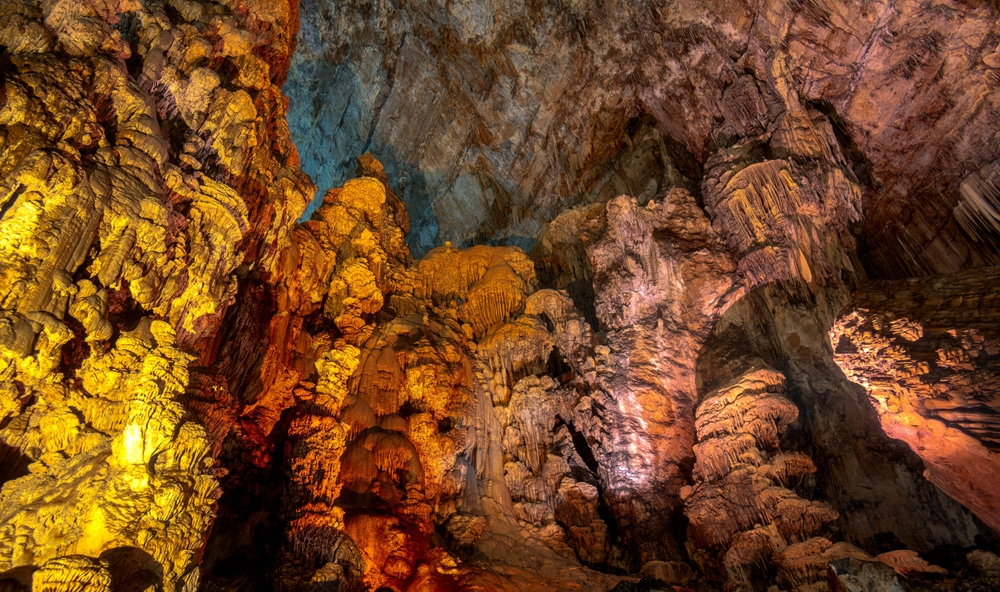
Grutas de Cacahuamilpa National Park

General Juan N. Alvarez National Park

Fuentes Brotantes de Tlalpan National Park

El Veladero National Park
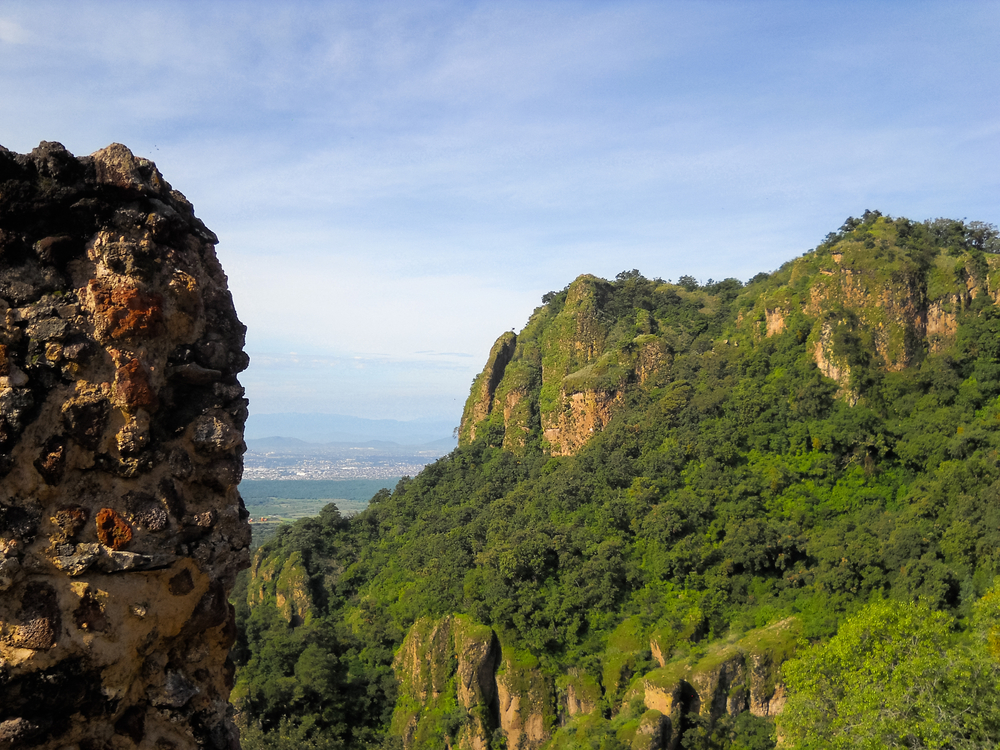
El Tepozteco Natioal Park

Desierto del Carmen National Park
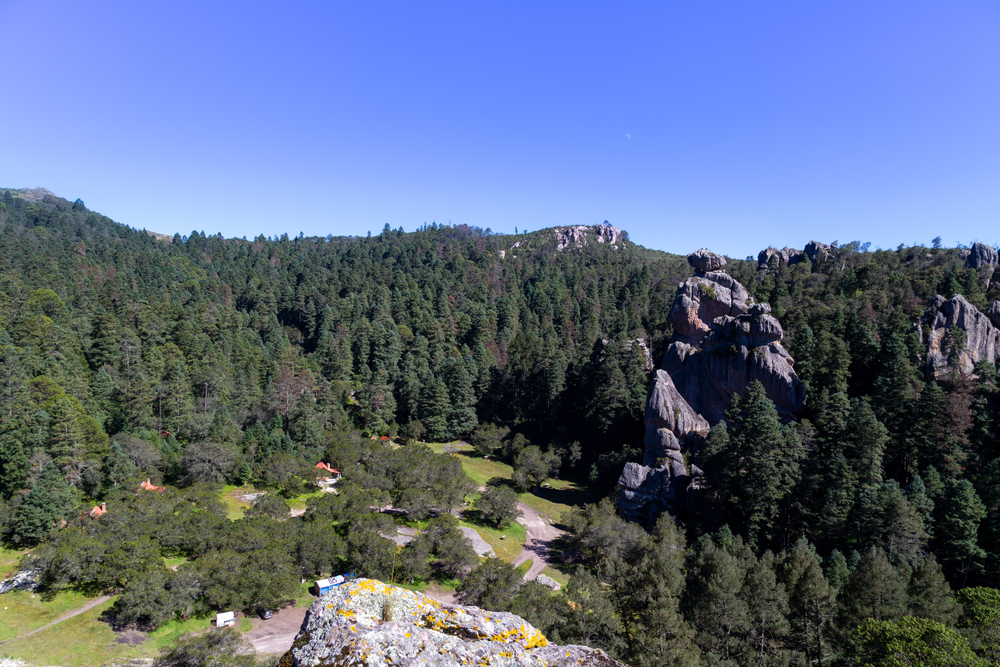
El Chico National Park
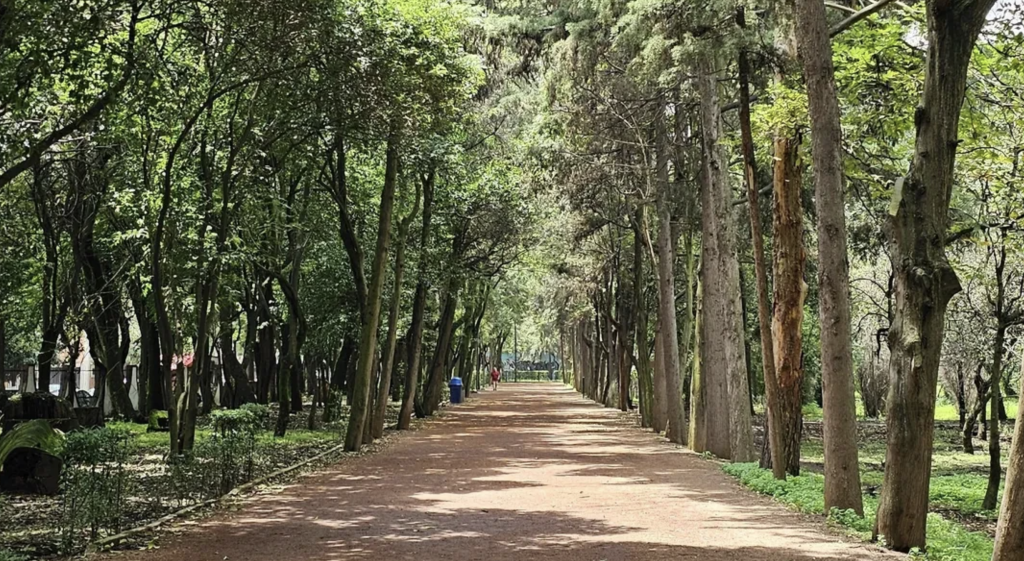
El Historico Coyoacan National Park

El Sabinal National Park
